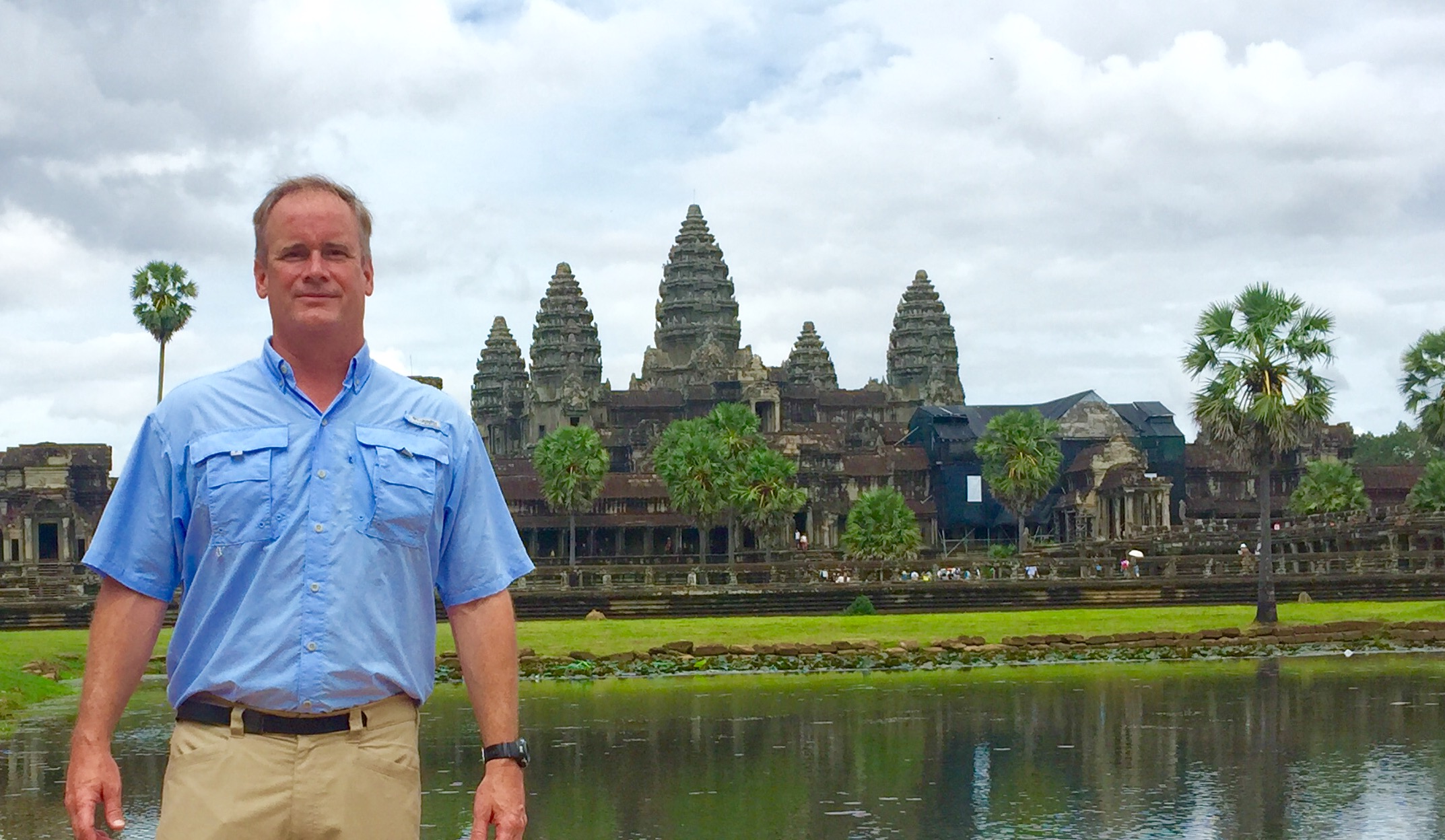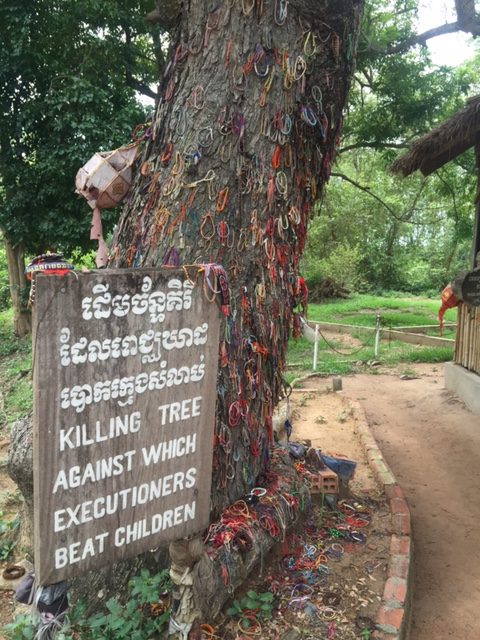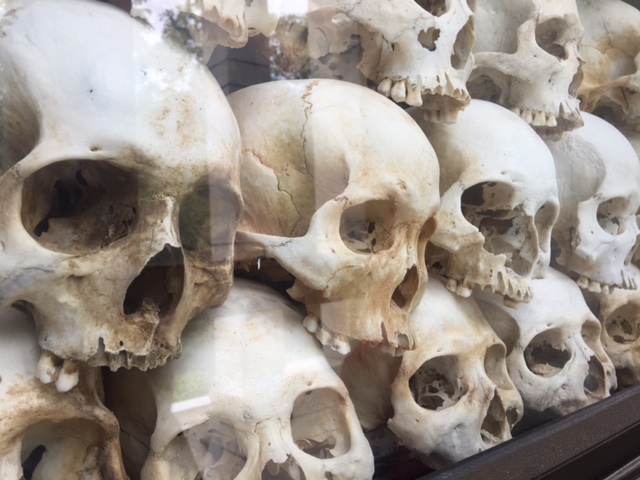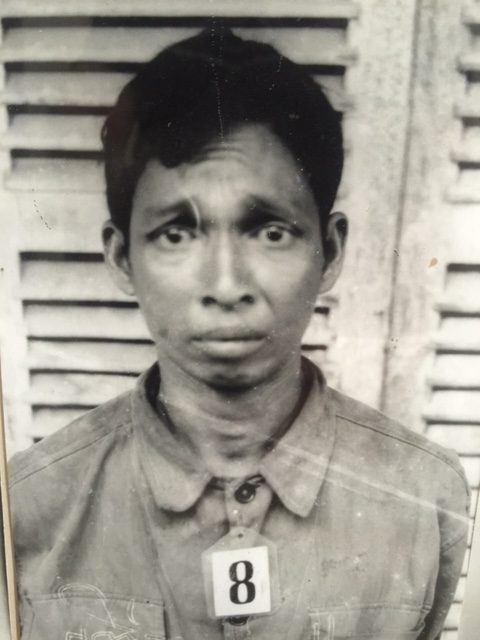
Country Information:
The capital of Cambodia is Phnom Penh. There are approximately 16 million people living here. The official language of Cambodia is Khmer. The majority of the population practices Theravada Buddhism. Major exports of the country include clothing, timber, rubber, rice, fish, tobacco, and footwear. Most (80%) of the 16 million Cambodians depend on farm life. 4 million live in Phnom Penh.
Adventurers in Cambodia will enjoy the historic Angkor Archeological Park, home to the ruins of the ancient Khmer civilization. Also of interest is Bokor National Park, to see the historic ruins of the Black Palace. This palace was built in 1936 and was the residence of King Sihanouk. Also of interest in Bokor National Park is the Old French Hill Station, which was used by the French as a pre-air conditioning retreat from the scorching Cambodian heat.
One fun fact about Cambodia is that the Cambodian flag is the only flag that has an image of a building, the Visahu Temple—the Angkor Wat.

Jim’s Perspectives:
In Cambodia, there is bitter animosity between Cambodians and Vietnamese from events before and after the Vietnam War and brutality of Pol Pot.
Angor Wat and surrounding temples are spectacular. Downtown Siem Reap is lovely with shops, restaurants, along the river. Siem Reap, in Thai (Siam), means defeated. I Ate dinner at Chanrey Tree. Here, you don’t need to convert money—all bills everywhere are in USD.

Let me tell you… get a Cambodian talking about Pol Pot & Killing Fields… whew! Wow, talk about some violence! The brutality of Pol Pot: Khmer Rouge is reminiscent of Stalin’s collectivization. On April 17, 1975, after the Vietnam War, Pol Pot comes to power after the post-war destruction and within 2 weeks Phnon Penh goes from a city of 3.5 million to 72. Yes, 72. Everyone was sent to a farm to work in the rice fields in 12-15 hour days.
Children the age of 7 and over were forced to toil in the fields and given little food in which to survive (the rice was sent to China). During the 3 years, 8 months and 20 days (January 9, 1979) 3.5 million people died both of starvation and exhaustion (2.5 million) but 1 million were executed in 384 mass graces throughout the country. In the “Killing Fields” outside of Phnon Penh, over 20,000 of the intelligencia were executed—doctors, lawyers, teachers, engineers, smart farmers, and elderly. Pol Pot found the young farm children much easier to brain wash. All education facilities, hospitals, and other institutions were closed.
After Pol Pot was displaced, in 1979, the Vietnamese invaded Cambodia and they were no better. Life still remained difficult for Cambodians because they were conscripted into the military to fight Korea in the mountains along the Thai border where there were 30 million land mines. 20-25 people per week died. Cambodians died every day in the struggle. The Chinese sided with Korea and the USSR sided with Vietnam.


When the USSR collapsed in the late 80s, Vietnamese left to get their own country in order and the UN stepped in to help. Free elections were held and conditions improved with many starting businesses. However, trouble still remains:
- 60% of the country lives outside of Phnon Penh in the countryside. Living conditions are very poor there.
- 3% of population controls the land and wealth.
- These are poor farmers with no electricity, plumbing, toilets, some foodà very difficult subsistence living on less than $2/day. Some leave and go to Thailand and South Korea.
- Going to the converted high school to prison was sobering. Seeing the faces of the boys and girl’s families was on par with visiting Dresden. These people were taken from their homes for no reason and were accused of being CIA spies and often gave forced confessions. Shackled, then tortured in their processing facility then moved/ transported to the “Killing Fields”.
- At the “Killing Fields” in Phnon Penh, the most haunting site was where the children were bound and swung by their feet to collide with a tree. There was a large black stain where the blood from hundreds of skulls had splattered. Brutal.

